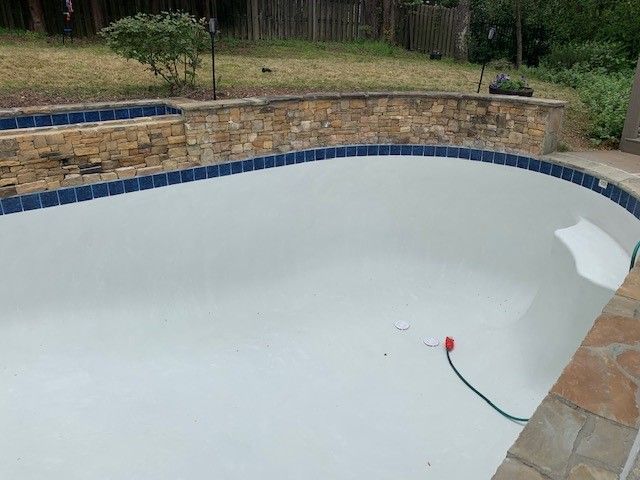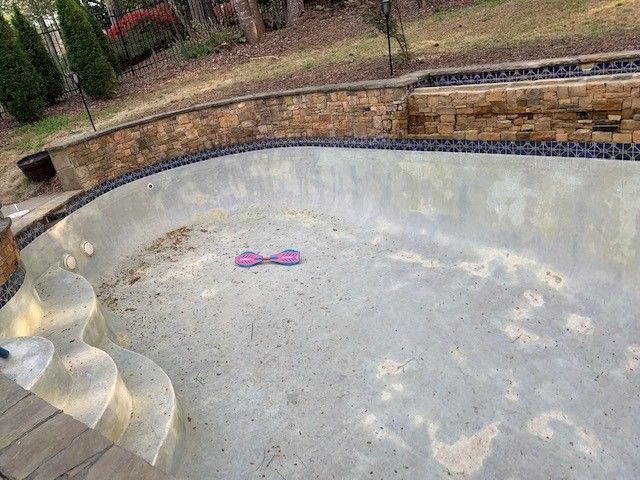Retaining Walls
Located in Peachtree Corners and Serving Surrounding Areas
Understanding Retaining Walls
Retaining walls are essential structures designed to hold back soil and prevent erosion, particularly in sloped areas. They create level spaces for landscaping, construction, and other purposes by managing soil pressure and water drainage. Common materials used for retaining walls include concrete blocks, poured concrete, treated timbers, rocks, pavers, or even boulders.
There are various types of retaining walls, each suited to specific site conditions and requirements:
Gravity Retaining Walls
These rely on their own weight and setback to retain soil. Shorter walls, often less than two feet in height, are typically gravity walls and are commonly seen around garden beds or infused within landscaping.
Anchored Retaining Walls
Utilize a gravity wall with built-in anchors installed within the active soil they are holding back. The anchor forces the overturning forces in the active soil, increasing the wall's strength.
Cantilever Retaining Walls
Feature an additional base component that separates them from gravity walls. The active pressure down on the base strengthens the wall and keeps it upright.
Segmental Retaining Walls (SRWs)
Made from modular and interlocking concrete masonry blocks, these walls offer strength and curb appeal. They are great for ease of use and maintenance-free installation and are among the most commonly seen retaining walls.
Natural Stone Walls
While potentially more expensive, natural stone walls are durable and create a timeless look using natural stone stacks and materials.
Gabion Walls
These use wire containers filled with rocks or other materials to create sturdy and durable walls, often used along waterways.
Crib Retaining Walls
Consist of interlocking structures made from precast concrete or sometimes timber, suitable for large spaces needing to retain significant amounts of active soil.
Piled Retaining Walls
Use reinforced concrete piles or wood beams driven into the soil to counter vertical and horizontal forces, ideal for areas with sudden elevation changes.
Ensuring Longevity and Success in Retaining Wall Construction
Proper design and installation are crucial to ensure the retaining wall functions as intended and lasts a long time. This includes considering factors such as the geotechnical parameters of the retained and foundation soils, the presence of water and hydrostatic loads, external loads from structures, and the simplicity and speed of construction.
For those seeking professional assistance with retaining wall construction or pool remodeling, Ita Phoenix Construction, Inc offers services including interlocking paver decks, pool re-plastering, concrete deck resurfacing, cool decks, outdoor kitchens, pool equipment replacement, and retiling.


